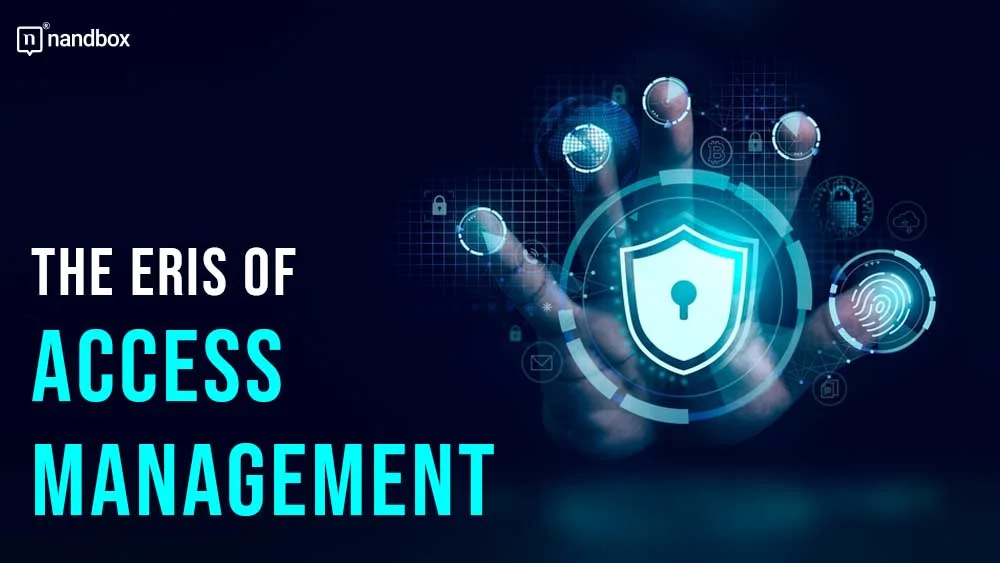In today’s digital era, where data breaches and cyber threats are growing increasingly sophisticated, access management has become a crucial aspect of organizational security. Access management encompasses the processes and technologies that control who can access information within an organization and under what conditions. This practice is essential for safeguarding sensitive data, ensuring regulatory compliance, and maintaining operational integrity. The rise of access management is a direct response to the evolving cybersecurity landscape and the increasing complexity of IT environments.
The Evolving Cybersecurity Landscape

The digital transformation of businesses has led to a proliferation of data and applications spread across on-premises systems, cloud environments, and mobile devices. This dispersion creates numerous entry points for potential cyberattacks. As a result, traditional perimeter-based security models, which focus on defending the network boundary, are no longer sufficient. Organizations need a more granular and dynamic approach to security, one that focuses on managing access to resources at a user and device level.
Key Drivers Behind the Rise of Access Management
- Increasing Cyber Threats: The prevalence and complexity of cyberattacks are greater than ever before. Prominent data breaches have highlighted the crucial need for strong access management. By working with companies like SailPoint to ensure that only authorized individuals can access critical systems and data, organizations can significantly reduce the risk of unauthorized access and potential data breaches.
- Regulatory Compliance: Regulatory requirements, such as the General Data Protection Regulation (GDPR), Health Insurance Portability and Accountability Act (HIPAA), and Sarbanes-Oxley Act (SOX), mandate strict access controls to protect sensitive data. Compliance with these regulations requires comprehensive access management strategies to ensure that access to personal and sensitive information is appropriately controlled and auditable.
- Cloud Adoption: The shift to cloud computing has transformed how organizations manage and secure their IT resources. Cloud environments require new access management approaches that can handle dynamic, scalable, and hybrid IT infrastructures. Solutions such as Identity-as-a-Service (IDaaS) and cloud-based Identity and Access Management (IAM) platforms have become essential in managing access in cloud-native environments.
- Remote Work: The COVID-19 pandemic accelerated the adoption of remote work, further complicating access management. Organizations had to quickly adapt to secure remote access for employees, ensuring they could access necessary resources without compromising security. This shift highlighted the need for robust access management solutions that support secure, remote access.
Technologies and Approaches
- Multi-Factor Authentication (MFA): MFA adds an extra safety layer by requiring users to provide two or more verification factors to gain access. This approach significantly reduces the risk of access via compromised credentials.
- Single Sign-On (SSO): SSO solution simplifies the user experience by allowing users to access multiple applications with only one set of credentials. This not only enhances user convenience but also improves security by reducing password fatigue and the likelihood of weak passwords.
- Zero Trust Architecture: The Zero Trust model operates on the principle that no entity, whether inside or outside the network, should be trusted by default. Access is granted based on continuous verification of user identity. Device health and context, ensuring that only legitimate requests are approved.
- Privileged Access Management (PAM): PAM focuses on controlling and monitoring access to critical systems and sensitive data by privileged users. It includes techniques like least privilege, session monitoring, and just-in-time access to minimize the risk of misuse of administrative privileges.
What The Future Holds
As cyber threats continue to evolve, access management will become even more integral to organizational security strategies. Future developments will likely include greater integration of artificial intelligence (AI) and machine learning (ML) to enhance threat detection and response capabilities. Additionally, the convergence of IAM with other security disciplines. Such as endpoint security and network security, will create more holistic and resilient security frameworks.
Conclusion
The rise of access management is a direct response to the growing complexity and threats within the digital landscape. By implementing robust access management strategies and leveraging advanced technologies, organizations can protect their critical assets and ensure compliance. And support operational agility. As the digital transformation continues, effective access management will be indispensable in securing the future of enterprises.



